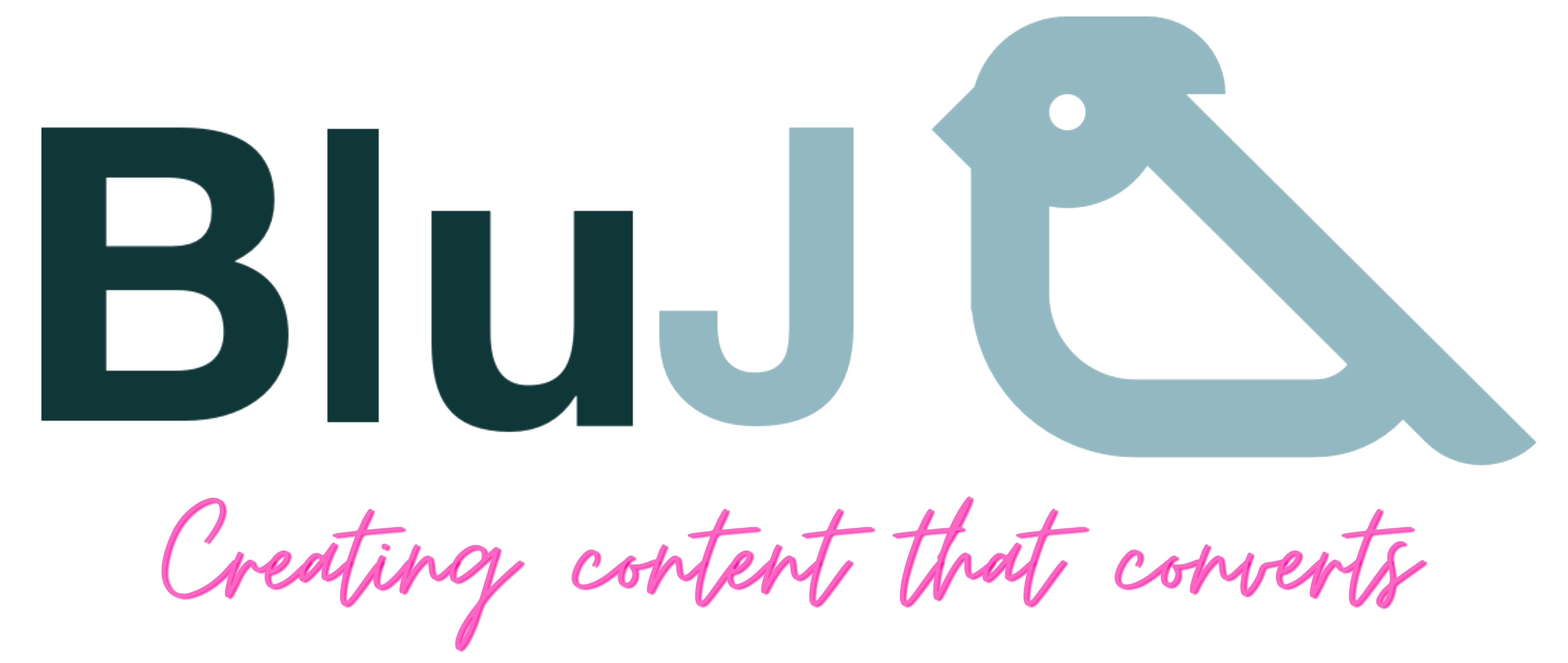
We love a bit of history here and like to pay homage to Aristotle who wrote one of the greatest books ever written on persuasion. It is called Rhetoric. He wrote that you need 3 things to persuade someone and these three things are at the heart of our Value-telling Blu-print and this Hack. They are:
- Ethos, which is credibility
- Pathos, which is emotion
- Lagos, which is logic or reasoning
You cannot persuade someone with just one of these, you need all three in play. Using these three parts in combination you are answering the following questions for the decision maker:
Why do I trust this person, why do I care and are they right?
In a world of fake news, influencer ‘mistrust’ and customers who are weary of sensationalised sales claims, it is no wonder ‘trust’ is an even more sought after ingredient when trying to influence, inspire and persuade someone.
According to BigCommerce, 72% of consumers say positive reviews and testimonials make them trust a business more and 88% of consumers trust online reviews as much as personal recommendations.
Which is exactly why proof in the form of compelling content and collateral like testimonials are important – to customers – for building relationships.
“I’m not cynical, everything just sucks”
Far and away the most common challenge people who are trying to persuade a decision-maker will face is convincing a cynic. There is solid evidence that, on average, people are quite cynical. In one experiment people honoured the trust placed in them between 80 and 90 percent of the time, but only estimated that others would honour their trust about 52 percent of the time.
The impact of not being considered as trustworthy, credible or competent is pretty devastating when trying to win decisions. You will find it harder to attract and convert new customer and hold onto existing ones. You will not be seen as authentic and have difficulty cultivating, consultative relationships and rapport. Instead your relationships will be at arms-length and transactional. Engagement will be much lower and it will become more costly to raise awareness and convert the decisions you are trying to win.
The Hack To Help You Win More Decisions
Needless to say, one sure way to influence, inspire and persuade someone is to be seen as trustworthy, capable and credible. There are lots of different ways to build trust, but it can take time with a slow stacking of credibility and capability over time, but the most potent way to super-charge this process is to demonstrate capability through specific examples of the great things you have done, using detail, supported by data and endorsements like testimonials.
This means fluffy, generic, anecdotal statements do not work, like “work with us because we are the best”, or “you will get great customer service” and “I am a hard worker”. These tend to be cheap, harder to understand and throw away comments. You need proof to push the process along. No examples, no detail, no data, no endorsement, no decision.
We call examples of the good stuff you do and the positive impact they have: Value-telling Content. We believe Content is King and in fact our commitment to this technique is so big our mantra is Creating Content that Converts and we have developed our own Software to help people capture compelling content. Did you know that 85% of people felt capturing and using great content was important when trying to persuade someone?
Having Value-telling content at your disposal will help answer questions people have, it will help to raise awareness, attention grab, generate interest and your brand will be considered as exciting, helpful and a great source of information. You will start to be seen as credible, capable to help and competent in what you do. As a result, you will be able to cultivate loyalty and enjoy better customer retention. People will talk about you, follow you on social media and start to react to your posts, increasing you social media traction and engagement. As more people react to your Value-telling Content (on and off social media), you can build better links and collaborations with others (more people want to work with you), you will generate more leads, more relationships and experience better conversions, winning the decisions you want quicker and easier.
Value-telling Content that answers questions or content that shows hope and a solutions, tells people you understand them, know their pain and you can help. It humanises your brand.
Value-telling content is often unique to the person that is capturing it. This is a great way to differentiate yourself from everyone else. If your compelling content is unique and personal, this is most certainly impactful.
Did you know customers who interact with your content are 58% more likely to convert and 50 or more reviews can generate a 4.6% increase in conversion rates.
Another reason why capturing content is important, is because people make decisions using their emotions and justify their decisions with logic. Did you know only 1% of sales people utilise selling tactics that are compatible with the way the human mind works?
One way to trigger emotions is via Storytelling. In order to tell a detailed, insightful and captivating story, you should capture your experiences in the form of Value-telling Content. A lot of people don’t do this and rely on memory and when the time arises to tell the world your story, detail has faded and its impact is lost and so is the moment. A great story has a process and shape, so in order to make your story impactful, you need to put some thought into its structure.
Without details and without the shape of a story, people waste a lot of time and effort casting their minds back, hunting around for old notes, photos and data. This is also where people start to fill in the blanks and embellishing the truth. Never forget people are great lie-detectors! This is a dangerous move because getting caught out here will damage your credibility and you be further away from winning the big decisions you want than when you started.
We all love a good story. Our curiosity and empathy towards other human beings is ingrained in our psyches. Which is another reason why testimonials are so effective. They provide a human interest angle that enables customers to relate to, connect with, and better understand the products and services before them.
Big brands spend millions on glossy advertising campaigns to reveal the human side of their business. You can achieve the same outcome at a fraction of the cost by sourcing great stories and testimonials. It’s well worth the effort when you consider only 34% of B2B buyers are willing to consider vendor-related content as trustworthy.
Here is some unusual, but great advice: Treat your content like a wardrobe full of clothes. To prevent you from walking around naked and being exposed, you are going to need clothes in the wardrobe (there is a critical content mass buts that’s for another day). What clothes, how many and what style is up to you. You will need clothes for particular occasions like work, playing sport, decorating, going down the pub, even formal wear.
Sometimes you outgrow your clothes, they get old and tatty and need replacing. Content is exactly the same. You need access to content, you need to have a range of content styles, sizes and also for different occasions and reasons (Win Themes). Your content gets old, becomes out-dated and you change, so your content can become irrelevant and needs updating. Like clothes you need to go shopping for content and something to never forget, when people see your content in the form of collateral, you are judged on it. It triggers emotion, perceptions, all of which influences a decision maker.
A huge part of selling, is creating opportunities and positioning yourself for them. Did you know that only 3% of your clients are in buying mode and a further 17% are gathering information ready to make a decision. That means 20% of your clients have an opportunity and they are receptive to offers. That also means being in the right place and the right time is imperative, but the likelihood of this is low. The other 80% of clients are made up of people who know they have a problem and aren’t doing anything about it (20%) and the rest (60%) are unaware they have a problem. This is a much bigger market share and a way to wake them up and create an opportunity is to educate them. Educate them on their problem and educate them on a solution. How can you educate them? Use your Value-telling Content and share examples where you have found the problem and fixed it. This process also positively contributes to creating trust.
Did you know that a football player on touch the ball for 3 seconds in a 90 minute game of football, this means that most of the game is played off the ball. In High Persuasive Performance terms this means that only a small part of the persuasive process is the pitch, the call to action. This means most of the time it is preparing for the call to action, raising awareness via your content and building rapport and trust with your decision maker.
If you liked this blog and keen to learn more about how to inspire, influence and persuade someone, then you may be interested in our FREE eBook. The information you will read will help you consistently deliver High Persuasive Performances and win the decisions you deserve while making sure you avoid failure, missed opportunities and, appearing incompetent. Check it out here: https://blu-j.co.uk#ebook
By the time you’ve finished reading, you’ll have all the information you need to kickstart your journey to success and delivery High Persuasive Performances.






